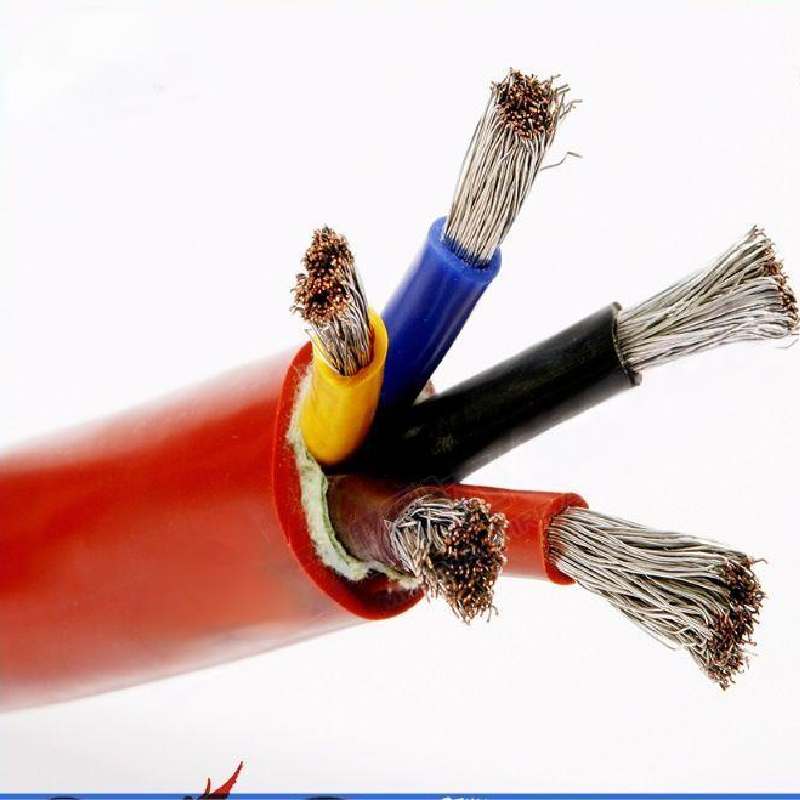نويابىر . 05, 2024 10:21 Back to list
standard wire and cable
Understanding Standard Wire and Cable An Essential Component of Modern Industry
In the realm of electrical engineering and construction, the terms wire and cable are frequently used, yet they hold distinct meanings that are essential for understanding their applications. Standard wire and cable form the backbone of electrical distribution systems across industries, from residential buildings to large-scale industrial facilities. This article aims to elucidate the characteristics, types, and applications of standard wire and cable, shedding light on their pivotal role in modern infrastructure.
What is Wire and Cable?
At its core, wire refers to a single conductor that can be composed of metal materials, most commonly copper or aluminum. It is used to conduct electricity and is often insulated to prevent unintended current loss and ensure safety. In contrast, a cable typically consists of multiple conductors bundled together, which can be either insulated or uninsulated. Cables are designed to transmit electrical power or signals and are used in various applications including power distribution, telecommunications, and networking.
Types of Standard Wires
1. Copper Wire Known for its excellent conductivity, copper wire is widely used in electrical systems. It comes in various gauges, which indicate the wire's diameter. Thicker wires, represented by lower gauge numbers, can carry more current, while thinner wires are suitable for lower current applications.
2. Aluminum Wire While not as conductive as copper, aluminum wiring is lighter and less expensive, making it an attractive alternative for overhead power lines and large electrical installations where weight is a factor.
3. Twisted Pair Wire Common in telecommunications, twisted pair wires consist of pairs of wires twisted together to reduce electromagnetic interference. This type of wiring is used in LAN networks and telephone lines.
4. Coaxial Wire Deeply integrated into television and internet cable services, coaxial cables consist of a central conductor surrounded by insulating material and a conductive shield. Its design allows for minimal signal loss, making it ideal for high-frequency applications.
Types of Standard Cables
standard wire and cable

1. Power Cables These cables are designed to carry high-voltage electricity over long distances. Typically used in industrial and power generation settings, power cables require heavy-duty insulation and shielding.
2. Control Cables Employed in manufacturing and process control, control cables transmit signals and are often used to monitor and regulate machinery. They may have multiple conductors, insulated individually and collectively.
3. Communication Cables Used for telecommunication systems, these include fiber optic cables, which transmit data as light signals, and twisted pair cables, which are copper-based.
4. Flexible Cables Ideal for portable devices and tools, flexible cables are designed to bend and twist without breaking, making them indispensable in applications where movement or flexibility is necessary.
Applications and Importance
The applications of standard wire and cable are vast and varied. In residential settings, electrical wires provide the essential infrastructure needed for lighting, appliances, and power outlets, ensuring safety and convenience in daily life. In commercial buildings, wires and cables facilitate complex networking systems, enabling communication between various systems and devices.
In the industrial sector, robust power cables are utilized to connect machinery and equipment, powering operations that drive the economy. Meanwhile, control cables play a critical role in automation processes, ensuring precise regulation of manufacturing systems. The telecommunications industry heavily relies on various cables to provide high-speed internet and telecommunications services, which are crucial for modern connectivity.
Conclusion
Understanding standard wire and cable is integral for anyone working in or studying electrical engineering and related fields. With a vast array of types and applications, these components are fundamental to the functionality of electrical systems. As technology continues to evolve, so too will the innovations in wire and cable design, leading to enhanced safety, efficiency, and performance. Whether for residential, commercial, or industrial use, the significance of standard wire and cable cannot be overstated, as they remain a critical aspect of our connected world.
Share